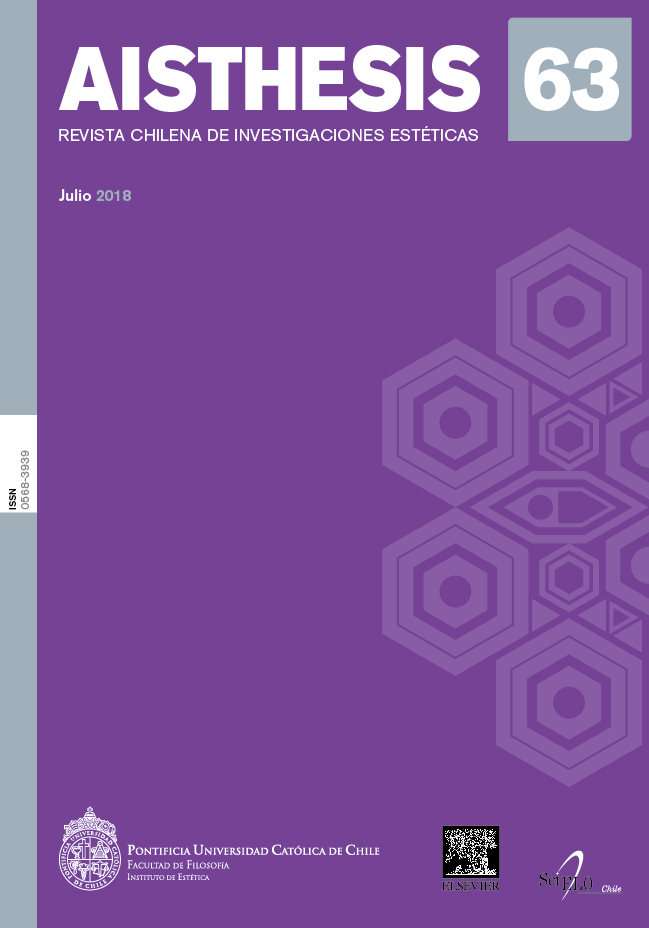Greenhouse Art: The Problem of Form in Hugo von Hofmannsthal’s Early Work
Main Article Content
Abstract
The purpose of this critical study is to examine the young Hugo von Hofmannsthal’s theory of form departing from the characterization that Kurt Breysig provides of his poetry as Treibhauskunst, that is, greenhouse art. It aims also to illustrate how Hofmannsthal finds in the theoretical developments of Gottfried Semper the most precise expression of his own concept of form. The main point of the paper is to show that, at the turn of the twentieth century, the metaphorization and the figuration of the greenhouse derives from its architectural features both formal means and aesthetic attributes closely linked to moral values.
Article Details

This work is licensed under a Creative Commons Attribution-NonCommercial-ShareAlike 4.0 International License.
All contents of this electronic edition are distributed under the Creative Commons license of "Attribución-shareAlike 4.0 Internacional" (CC-BY-SA). Any total or partial reproduction of the material must mention its origin.
The rights of academic works published in this publication belong to their authors., who grant to AISTHESIS: Revista Chilena de Investigaciones Estéticas the license for its use. The management of the permits and the authorization of the publication of the images (or of any material) that contains copyright and its consequent rights of reproduction in this publication is the sole responsibility of the authors of the articles
